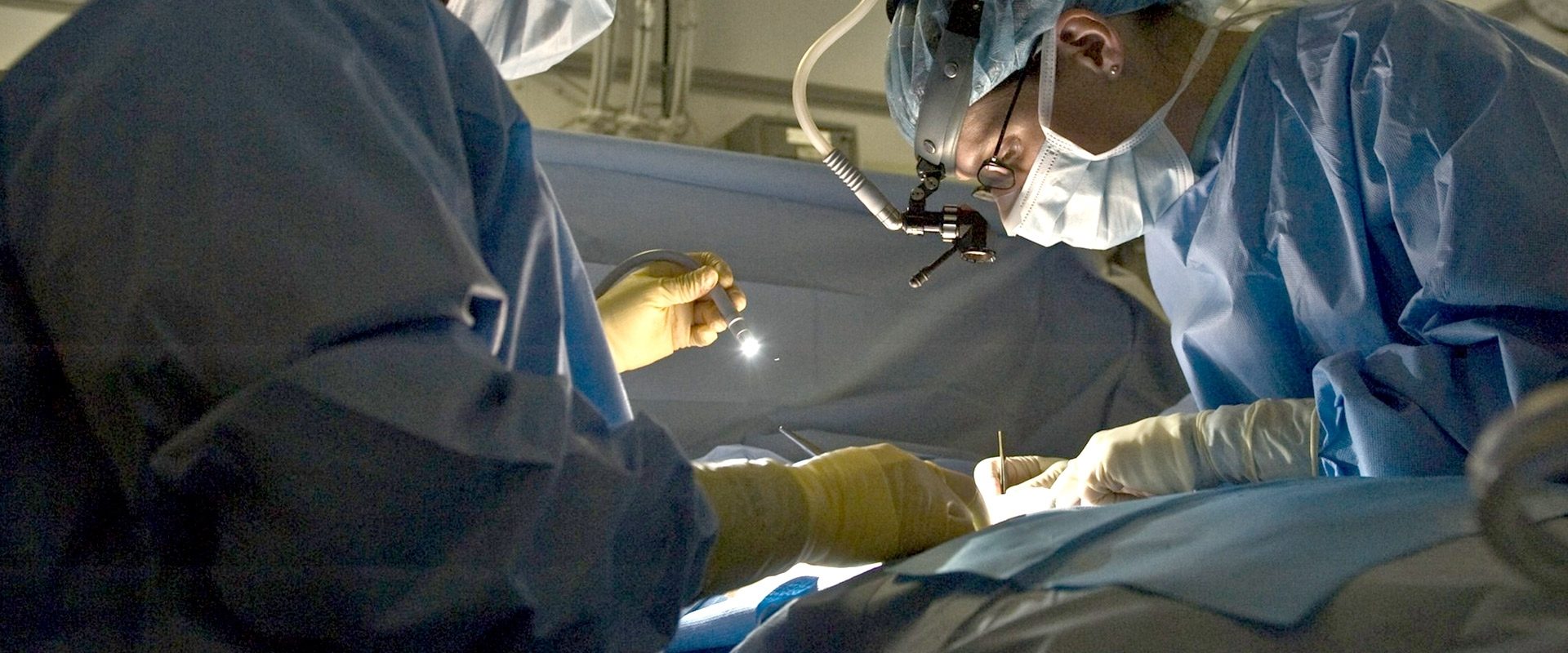
At the end of the II year BHMS student should able to,
1. Interact with patient and his / her attendants to record a surgical case.
2. Conduct necessary clinical examination to arrive at a general surgical diagnosis.
3. Identify the general surgical conditions which can be managed with homeopathy for curative / palliative outcomes.
4. Identify general surgical conditions, which have to be referred for surgical interventions.
5. Provide appropriate pre- / post-surgical homeopathic management
Homoeopathy as a science need clear application on part of the physician to decide about the best course of actions required to restore the sick, to the health. Knowledge about surgical disorders is required to be grasped so that homoeopathic physician is able to:
1. diagnose common surgical conditions.
2. institute homoeopathic medical treatment wherever possible
3. Organise pre and post-operative homoeopathic medicine care as total or partial responsibility but with the consent of a surgeon.
The conceptual clarity and data base needed for above is possible only by an effective coordination of the care of the patient. it will also facilitate the physician in individualising the patient necessary for homoeopathic treatment and management. for the above conceptual clarity and to achieve the aforesaid objectives and effective coordination between the treating surgeons and homoeopathic physicians is required keeping in view the holistic care of the patient.
It will also facilitate the physician individualising the patient, necessary for homoeopathic treatment and management.
The study shall start in second BHMS and complete in third BHMS. Examinations shall be conducted in third BHMS.
At the end of competing the course of surgery, the student will be able to –
1. Describe the structural and functional basis, principles of diagnosis and management of common surgical problems in adults and children
2. Plan laboratory tests for surgical conditions and interpret their results
3. Diagnose and manage common surgical conditions
4. Identify abnormal conditions of eye
5. Diagnose common disease conditions of ear, nose and throat
6. Plan the disposal of biomedical waste
7. Explain the role of homeopathy as conservative or complimentary therapy in the management of common surgical conditions
1. Perform relevant surgical examinations
2. Identify and diagnose various radiological changes in common surgical diseases
3. Perform common surgical procedures at the primary care level
4. Perform techniques of splinting, plaster and immobilisation as primary care in fractures
5. Remove foreign bodies from ear and nose
6. Perform anterior and posterior nasal packing to control epistaxis.
7. Organise pre and post-operative homoeopathic medicine care as total or partial responsibility but with the consent of a surgeon.
1. Identify the phase of disease where conservative treatment must end and referral to surgery has to be made
2. Counsel and guide patients and relatives regarding need, implications and problems of surgery in individual patients
At the end of the III year BHMS student should able to,
1. Interact with patient and his / her attendants to record a surgical case in the systemic areas and the specialities of ENT, Ophthalmology, and Dentistry.
2. Conduct necessary clinical examination to arrive at a surgical diagnosis in the systemic areas and the specialities of ENT, Ophthalmology, and Dentistry.
3. Identify the specific surgical conditions which can be managed with homeopathy for curative / palliative outcomes.
4. Identify specific surgical conditions, which have to be referred for surgical interventions.
5. Provide appropriate pre- / post-surgical homeopathic management.
All Rights Reserved. Copyright © Protected 2023. S.S.H.M.H. Powered by Dotdev Technology